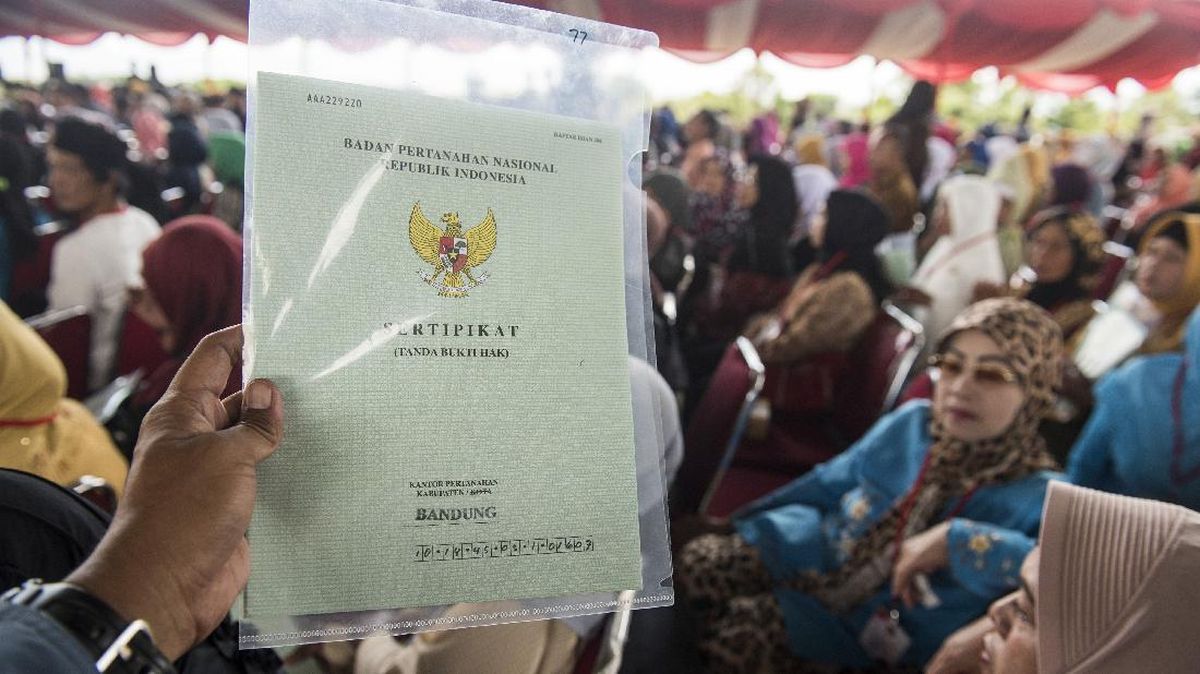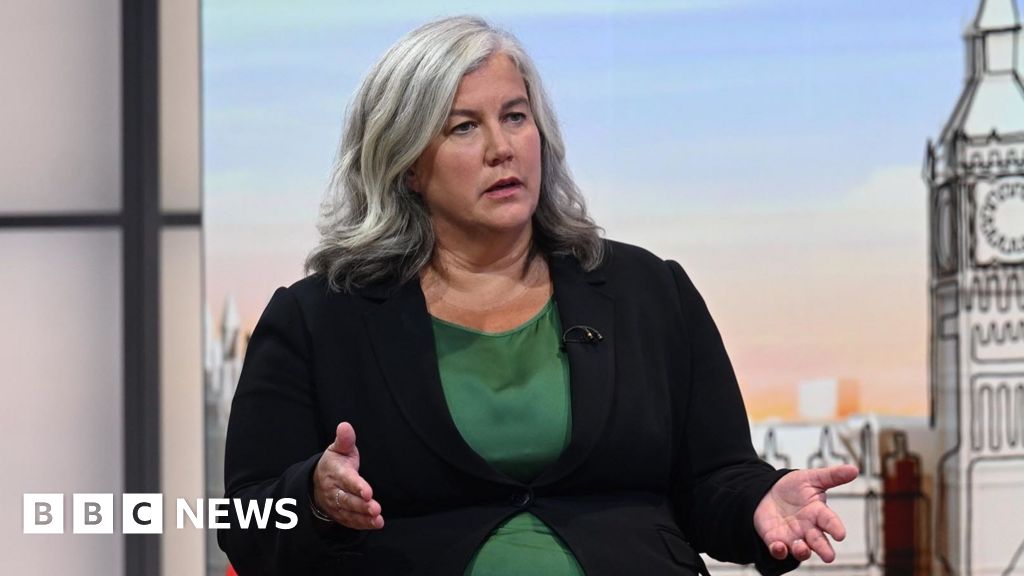A NSW court has paved the way for the demolition of an 1880s waterfront mansion in Balmain and the construction of two new homes on the sprawling site after Inner West Council lost an appeal.
The home, which last sold in 2019 for $6.6 million, is located in a heritage conservation area but is not a listed heritage item. It has been substantially modified since it was constructed in the mid to late 1880s, including in the 1970s.

Sommerville, in Balmain’s Longview Street will be demolished to make way for two new homes.Credit: Cobden Hayson via Domain.com.au
The legal battle took place against the backdrop of a raging debate in Sydney about heritage conservation and housing supply.
Known as Sommerville, the property in Longview Street with views of the Iron Cove Bridge served as a boarding house in the early to mid-20th century before being reconfigured into a single residence.
Two 1970s-era homes in nearby Broderick Street, featuring elements of the striking brutalist architectural style, are listed heritage items.
The NSW Land and Environment Court ruled in November that Sommerville could be demolished, the 793 square metre-block subdivided, and two new homes built on the site.
The council lodged an appeal against that decision. Chief Judge Brian Preston dismissed the appeal on June 30 and ordered the council to pay legal costs.

The exterior of the property has undergone extensive modifications since the late 1800s.Credit: Codben Hayson via Domain.com.au
In assessing the application, the court considered the effect of the proposed development on the Iron Cove heritage conservation area (HCA).
Land and Environment Court Commissioner Peter Walsh said in his original decision in 2024 that any contribution of the existing building to the HCA “is not high in my opinion”, in light of a range of factors including changes over time to the structure.
He said the significance of the HCA “would be maintained even with the demolition of the existing building”.
“[It] does not seem to me that there is substantial evidence to suggest that the building could not be retained and possibly adapted to include a perhaps further ‘stripping back’ to the early built form,” Walsh said.
“However, this move would seem to me to bring only very limited benefit in heritage conservation terms.”

Images of the home in 1 Longview Street, Balmain, from the Cobden Hayson online listings.Credit: Cobden Hayson via domain.com.au and realestate.com.au
No blanket prohibition
The council noted during the first round of court hearings in October that the Leichhardt Development Control Plan included an objective to “ensure that heritage items or buildings in a heritage conservation area are only demolished where they cannot be reasonably retained or conserved”.
But the commissioner said this could not be interpreted as a “blanket policy” because it was at odds with the Inner West Local Environmental Plan, which trumped it. That plan permits demolition of a heritage item or building in a heritage conservation area with development consent.
A heritage impact statement submitted as part of the development application said the existing structures were “of low merit, of locally atypical form, and without heritage significance”.
Foreshore development
The appeal was focused on a series of technical legal questions. The council contended that the commissioner had fallen into legal error, including by granting consent for a development that would encroach into the foreshore area, as the original building did.
The appeal argued that the proposed development was prohibited, and consent could only have been granted if it involved an “extension, alteration or rebuilding of an existing building”.
The chief judge said this was not the case. The land was zoned general residential and the proposed development “was not prohibited on the site under any circumstances”, he said.
A development standard prevented consent from being granted if the proposal encroached into the foreshore area, but there is some flexibility in how development standards are applied.
Development consent may be granted in some cases even if a proposal contravenes such a standard, as it was granted in this case.
‘Better ways to mediate disputes’
Following changes to planning laws in 2017, development applications in Greater Sydney and Wollongong are decided by council staff or local planning panels rather than elected councillors.
Loading
Darcy Byrne, mayor of Inner West Council, said: “Councillors are legally removed from involvement in development applications, so we’ve had no role in this legal matter, but we certainly accept the court’s determination.
“In my view, it’s important that we reduce the frequency and cost of matters ending up in the Land and Environment Court.
“There are better and less costly ways to mediate disputes and determine development applications.”
In May, the court granted development consent for alterations and additions to a heritage-listed Victorian Georgian harbourside villa in Balmain’s Campbell Lane and the construction of two attached dwellings behind it.
But the court refused consent this month for a controversial proposal to convert a 32-bedroom boarding house in Paddington into four luxury homes.
“The proposal would result in the unacceptable loss of affordable rental boarding house accommodation, and it is reasonable to seek its continued operation,” the court said.
Most Viewed in National
Loading


















































